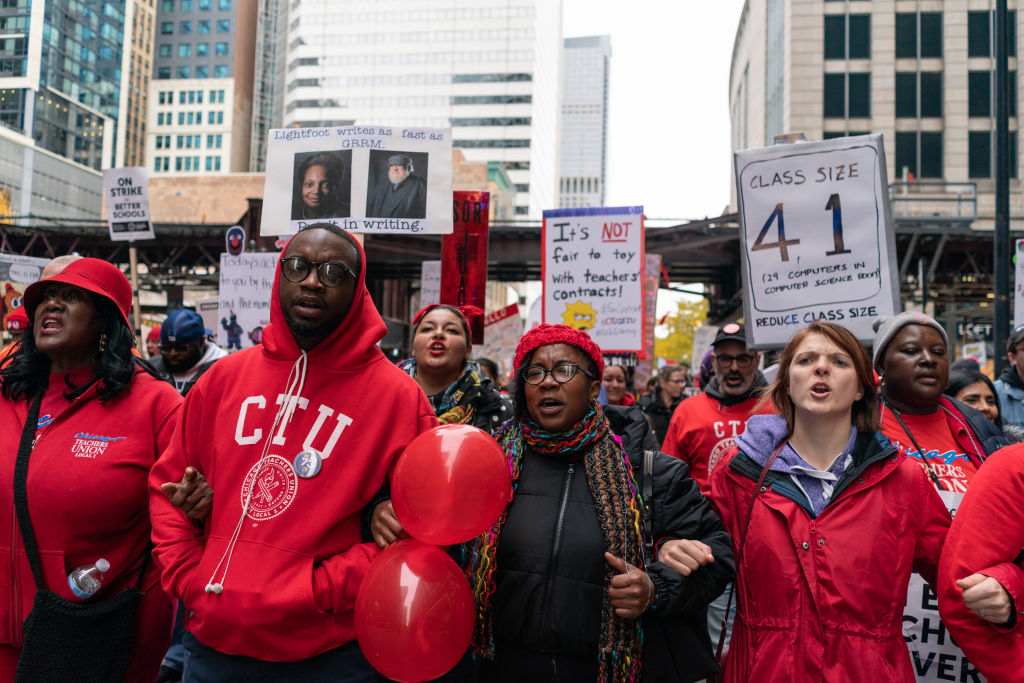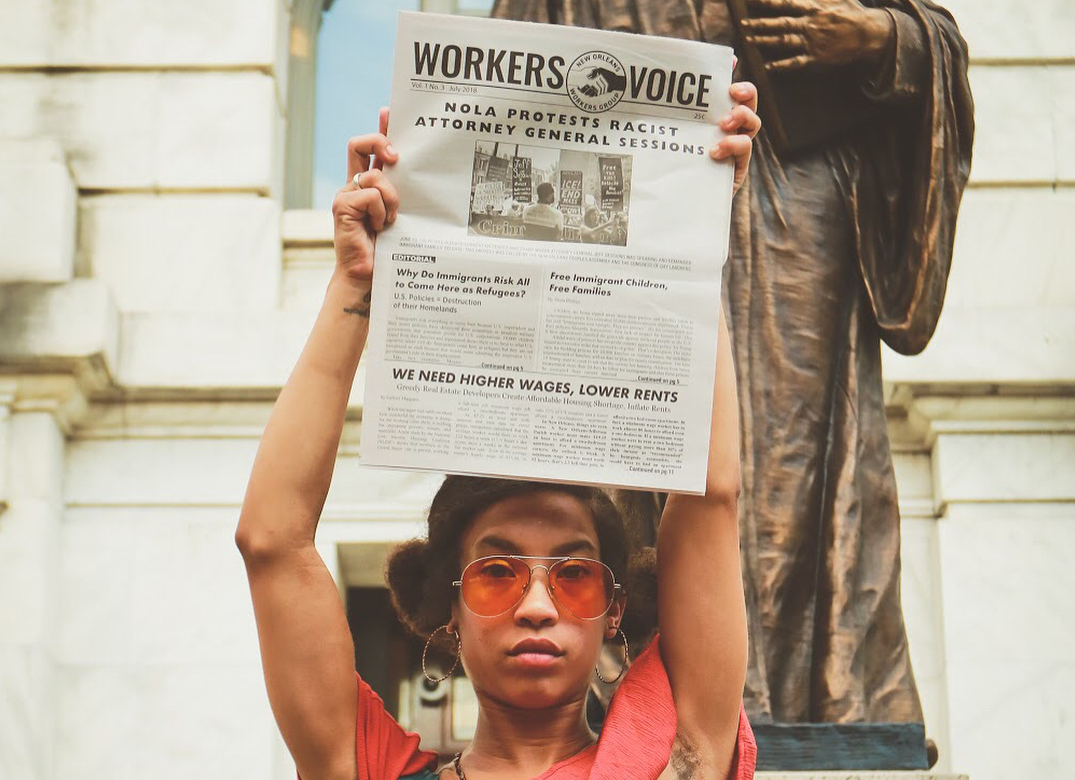
By Gregory William
On November 1, over 30,000 teachers and school workers returned to work after an 11-day strike that won them important concessions from the City of Chicago and the Chicago Public Schools. This strike was carried out by the 25,000 member Chicago Teachers Union and 7,500 education workers from the Service Employees Union (SEIU) Local 73. The solidarity between the two unions shows the way forward for the working class: when we unite, we are stronger. Though SEIU Local 73 settled three days before CTU (winning up to 40% wage increases among other gains), they didn’t leave the teachers’ picket lines until CTU settled.
The unions put forward big, political demands that go beyond education. For example, these unions have taken a leading role in the fight for affordable housing in the city of Chicago. Commentators have noted that it is unconventional for unions to fight for this kind of policy change during contract negotiations, but union members around the country may be taking note. These Chicago union workers understand that the issues affecting the working class cannot be separated from one another. We cannot address problems in education if we do not solve the affordable housing crisis. Chicago unions are keeping the pressure on the city to respect the basic rights of its residents to housing, health, and dignity.
